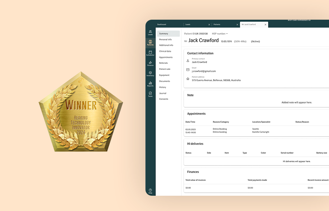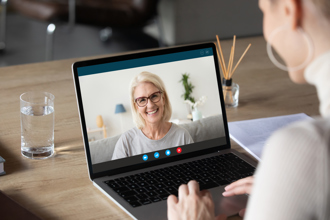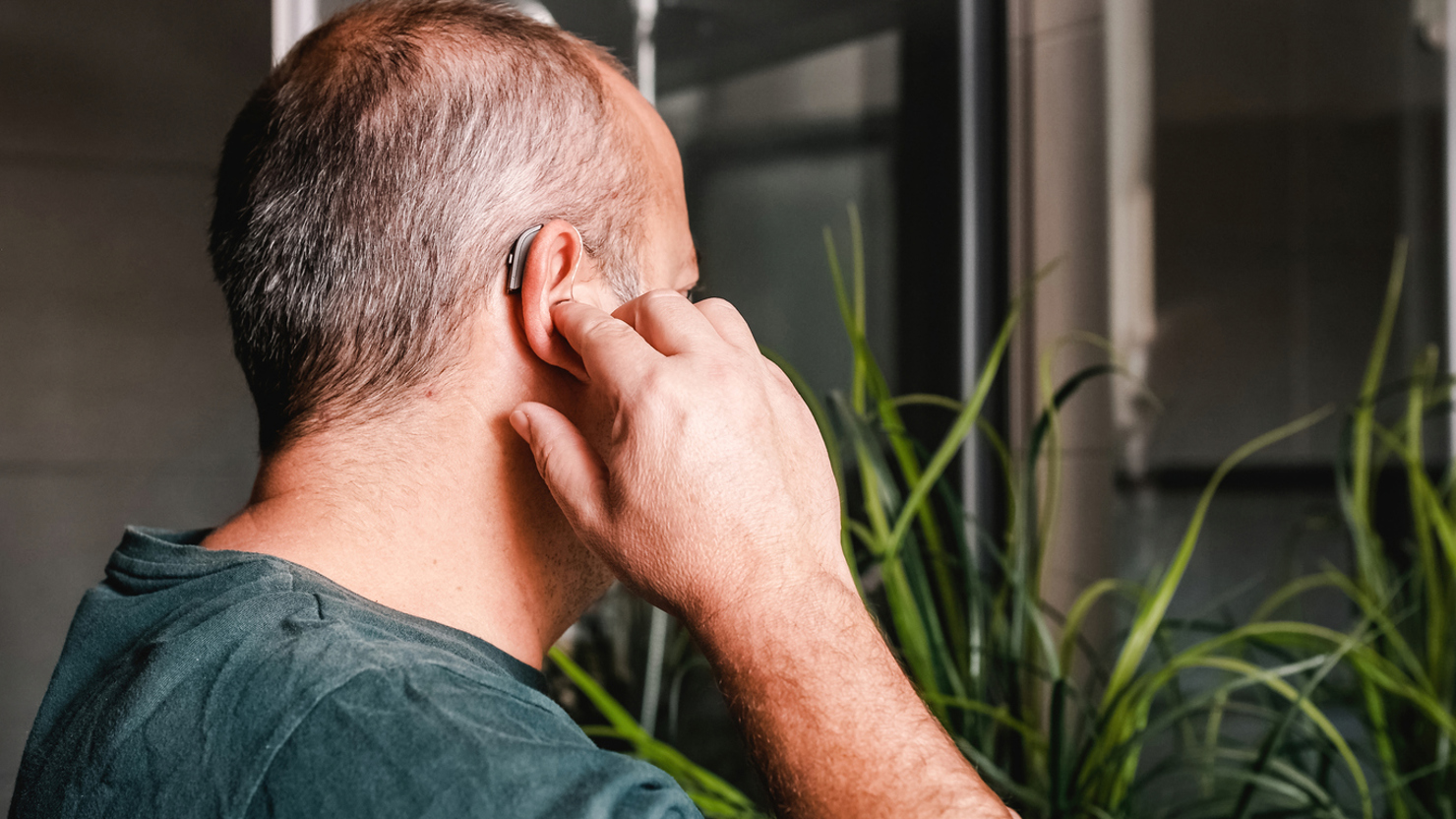
The audiological device market, including hearing aids, cochlear implants, bone-anchored hearing aids, and diagnostic devices, is booming and is expected to grow by more than $5B between now and 2028 due to an increasing aging population, rising hearing loss cases, a growing number of younger people with noise-induced hearing loss, the addition of over the counter (OTC) hearing aids, and new innovative tech advancements in the devices.
As the need for hearing aids – and demand for them – increases, clinicians will be able to recommend cutting-edge solutions that work best for each patient’s needs, budget, and lifestyle.
It’s inspiring to see how groundbreaking new technologies in audiology are improving the patient experience, enhancing care delivery, and allowing audiology professionals to better connect with patients of all ages. These trends will allow our industry to improve customer care – as well as other key metrics, like customer satisfaction, conversion rates, sales, etc.
Key Drivers Behind the Booming Audiological Device Market
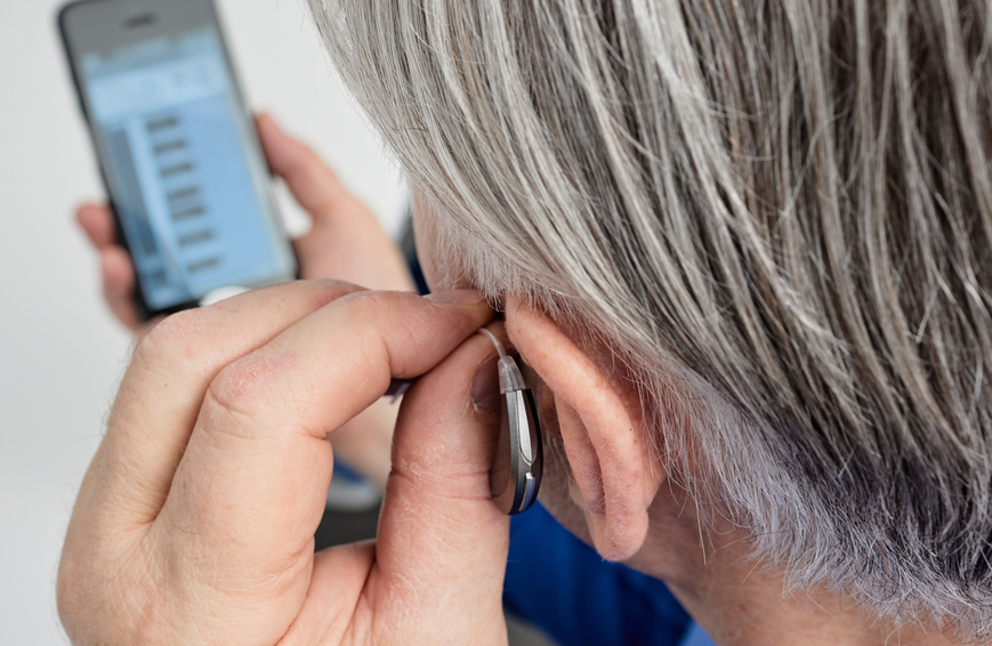
An Increasing Aging Population
While hearing loss can impact people of all ages, it’s statistically more prevalent as we get older. Approximately 15% of adults (aged 18+) in the US have hearing loss, and that number increases to one in three people between 65 and 74, and nearly half of Americans 75+. As the aging population grows, so does the need for hearing aids and other audiological devices.
The Rising Cases of Hearing Loss
Globally, nearly 5 billion people are expected to have hearing loss by 2025. While the aging population is contributing significantly to the growing prevalence of hearing loss, seniors aren’t the only ones with this condition. A recent study found that nearly 1 billion young people have noise-related hearing loss caused by loud music. Using cutting-edge solutions to meet the needs of all ages will help hearing clinics exceed their sales goals.
Technological Advancements in Audiology Devices
Today’s sophisticated hearing aids are nothing like the big, clunky devices that our grandparents wore! Technology is revolutionizing these devices and elevating users’ experience. Innovative tech continues to drive this market’s growth. Other notable tech advancements in hearing aids include direct streaming capabilities, 4D sensor technology, sophisticated sound processing algorithms, and smart linked hearing aids. These tech advancements provide enhanced sound quality, allowing patients to hear better in all environments and leading to higher satisfaction and usage.
AI Integration
Artificial Intelligence (AI) is one of the most promising innovations in the audiology industry, and its applications in hearing aids are elevating the devices’ capabilities significantly. For instance, AI can help hearing aid users make automatic, real-time adjustments to their devices based on their preferences and environments, improving sound clarity and personalizing the listening experience.
Other Innovations
Weatherproof and sweatproof hearing aids are invaluable for patients – especially those who are active, enjoy outdoor activities, live in humid or rainy climates, and don’t want to worry about a sudden rain shower ruining their devices. Now, hearing aid users can wear their devices while working out, playing golf, gardening, hiking, and more, and these improvements are helping to drive market growth.
Over the Counter (OTC) Hearing Aids
The introduction of OTC hearing aids in the US has not only improved accessibility but also sparked discussions in other countries. The UK recently gave the green light for OTC hearing products, signaling a broader shift in hearing care accessibility. While OTC devices aren’t suitable for all patients, their wider introduction could improve access, reduce barriers, and reshape the hearing care market.
The Future of Audiological Devices
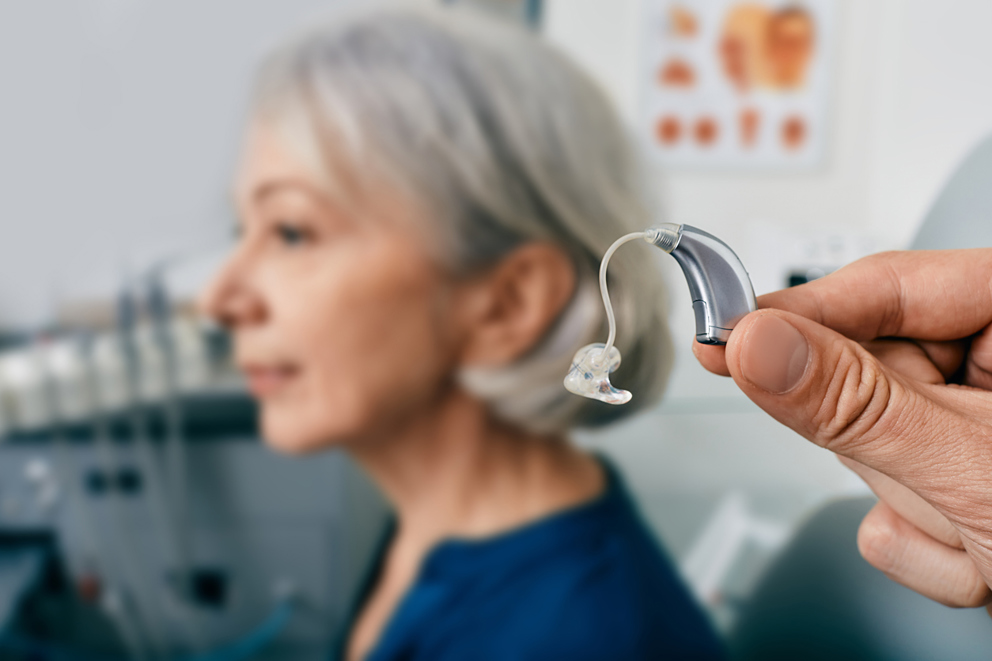
The future of audiological devices is bright, with more exciting trends expected to contribute to increased hearing aid sales moving forward. And that’s great for our industry, as these positive improvements will continue to drive traffic – and sales – to hearing clinics and other audiology businesses. Some of the most intriguing developments include integrating hearing aids with the Internet of Things (IOT). Using hearing aids with IOT means that users can program their devices to connect with devices that they previously had trouble hearing – including baby monitors, smoke detectors, doorbells, the oven timer, and more.
Additionally, Brain-Computer Interfaces (BCI) aim to improve the connection between the device and each user’s brain. While people with normal hearing can differentiate sounds in a noisy environment – like hearing the person talking to them despite background noises – people with hearing impairment often find these noisy situations overwhelming and frustrating because they can’t hear, for instance, a friend speaking to them at a noisy restaurant. A top complaint is that patients still have trouble deciphering certain sounds amid background noise, even while wearing certain hearing aids. BCI will, hopefully, help solve this issue, allowing hearing aid users to be able to separate the “layers” of sound and more easily detect specific voices.
What Does This Mean for Hearing Care Professionals?
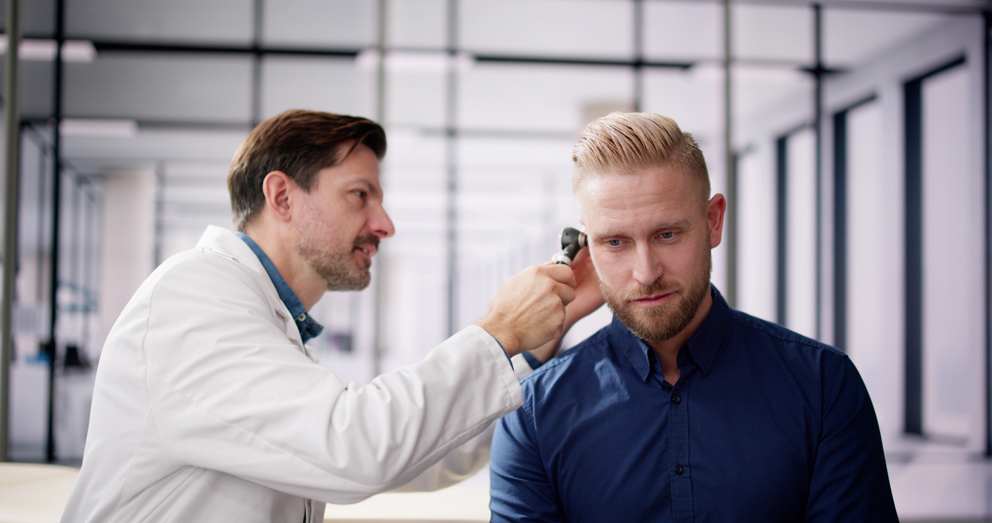
Improving the Patient Experience
Tech evolutions in audiological devices have improved hearing aids, adding helpful functions and features, and solving common challenges (like replacing traditional hearing aid batteries with sustainable, longer-lasting rechargeable ones). Tech-driven hearing aids can help eliminate background noise so users can hear conversations better. For instance, they connect to remote microphones, so a student can better hear their professor in a crowded university lecture hall. Bluetooth streaming capabilities allow users to connect their hearing aids to their smartphones, computers, gaming devices, etc. to better hear phone conversations, Teams meetings, online games, movies, music, and more. This leads to better customer experiences – and higher patient satisfaction, retention, loyalty, sales, and referrals, which is a win-win for both the customers and hearing care professionals.
Enhancing Care Delivery
The huge tech improvements to audiological devices – as well as testing equipment and Practice Management Software – are helping elevate hearing care delivery and contributing to soaring device sales. These trends are all good news for the audiology industry, allowing us to improve customer care, patient outcomes, and other key metrics, like patient satisfaction, conversion rates, sales, etc.
Connecting with Patients and Prospects of all Ages
The cutting-edge tech solutions – combined with expanded styles, functions, and accessories – help hearing care professionals recommend the ideal solutions for each patient – regardless of their age and circumstances. Hearing clinics are able to meet the specific needs of patients all along the age spectrum, as the preferences of a teenage music lover will likely be different from a much older adult. A very active young professional may have different needs and expectations than a very sedentary senior. The greater range of options helps audiology professionals meet each patient’s specific requirements – and improve their outcomes.
Maximizing Sales
Having more features, functions, options, styles, and overall choices means there are appropriate solutions for every customer. Hearing care professionals can provide personalized solutions based on each patient’s needs, wants, expectations, severity of hearing loss, lifestyle, and budget. An avid runner may prefer waterproof/sweatproof hearing aids with rechargeable batteries that will last throughout their high mileage runs, while a college student may prioritize sleek styles that eliminate background noise so they can hear better in a crowded bar, party, or classroom. Hearing care professionals can (and should!) tailor their recommendations to each customer’s preferences and lifestyle to increase conversions, sales, and customer satisfaction.
Other Blogs You Might Enjoy:
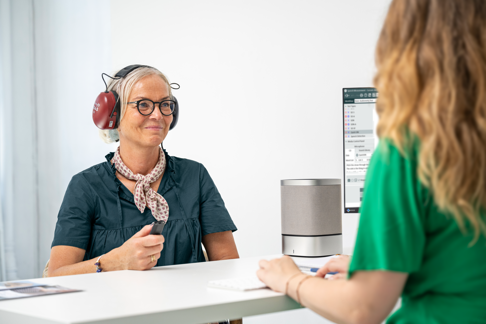
Best Practices in Audiometry: Achieving Accurate and Consistent Results
Audiometric assessments play a crucial role in diagnosing and managing hearing disorders, making it essential to ensure that the results obtained are both accurate and consistent. This article explores the best practices in audiometry, offering a comprehensive guide to optimize the assessment process and enhance the reliability of outcomes.

The Role of the Front Office in Maximizing Patient Retention
The front office staff plays a pivotal role in providing a Best Care Experience for every patient. This blog explains how your front office team can increase patient retention, enhance the patient journey, and improve patient interactions to maximize customer satisfaction, loyalty, and retention.

Unveiling the Age Bias & Adding Diversity in Hearing Aid Advertisements
Hearing aid advertisements often feature older, Caucasian people passively sitting in chairs while wearing their hearing aids, which feeds into negative stereotypes about hearing loss. To change the perception of hearing loss – and show that it happens to people of all ages, races, backgrounds, etc. – advertising and marketing efforts must become more inclusive. Read this blog for tips on how to accomplish this.
Don't Miss Out On the Latest Insights On Audiology
Sign up today to receive exciting updates, tips, and the latest newsletters from Auditdata.
Resources
⭐️ Auditdata Measure - Portfolio of audiological equipment and software
⭐️ Auditdata Manage - Practice Management Software
⭐️ Why It’s Essential to Discuss Patients’ Lifestyles in Appointments
⭐️ How Audiology Technology is Shaping Trends in Hearing Health
⭐️ Loud Music Contributes to Hearing Loss, Impacting 1 Billion Young People
⭐️ Hearing Aid Technology 2025
⭐️ Hearing Aid Market Size to Grow Significantly Through 2028
⭐️ OTC Hearing Aids: What You Should Know
⭐️ Department of Health & Social Care gives greenlight to OTC products in the UK
⭐️ Audiology Devices Market Size, Share, Trends, Growth, Analysis and Forecasts 2033
⭐️ Audiological Devices Market to Grow by USD 5.45 Billion from 2024 to 2028
